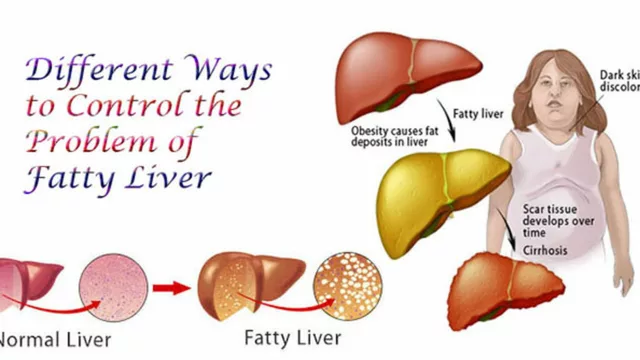Asthma management: hands-on tips to keep symptoms under control
Asthma can flare up fast. The good news: most flares are avoidable with simple habits and the right meds. This page gives clear, practical steps you can use today — how to use inhalers, avoid triggers, follow an action plan, and know when to get help.
Daily habits that cut down attacks
Know your controller vs rescue meds. Controllers (usually inhaled steroids) lower inflammation and must be used every day as prescribed. Rescue inhalers (short-acting bronchodilators) relieve sudden tightness. Using a controller regularly prevents many attacks that would otherwise need a rescue inhaler.
Practice good inhaler technique. Put the mouthpiece between your teeth, seal your lips, breathe out fully, press the canister while breathing in slowly, then hold your breath for 5–10 seconds. If you use a metered-dose inhaler, a spacer makes this easier and improves medication delivery.
Rinse your mouth after steroid inhalers to cut the risk of thrush. Keep spare inhalers handy — one at home, one at work, one in your bag — and check expiry dates and canister doses so you’re never caught without relief.
Track symptoms and peak flow if your doctor recommends it. Write down when you use your rescue inhaler, what triggered symptoms, and how well you sleep. These notes help your clinician adjust treatment before small problems become big ones.
Avoid triggers and plan ahead
Common triggers: dust mites, pet dander, pollen, mold, smoke, cold air, exercise, and strong smells. Practical fixes: use allergen-proof mattress covers, wash bedding weekly in hot water, keep pets out of bedrooms, control indoor humidity, and avoid smoking areas.
If exercise brings on symptoms, use a quick-acting inhaler 10–15 minutes before activity as your doctor advises. For seasonal pollen, check local forecasts and stay inside on high-count days. If workplace exposures cause problems, talk to your employer and doctor about safer options or protective equipment.
Have an asthma action plan written with your doctor. It should say which daily meds to take, how to respond to worsening symptoms, and when to seek urgent care. Keep a copy on your fridge and one on your phone.
Stay up to date on vaccines such as the flu shot and COVID boosters if recommended. Respiratory infections often trigger asthma flares, and vaccines reduce that risk.
Finally, know emergency signs: severe shortness of breath, trouble speaking in full sentences, lips or face turning bluish, or no improvement after using your rescue inhaler. If that happens, call emergency services immediately.
Small, consistent steps add up. Use controllers as prescribed, master your inhaler technique, avoid known triggers, and follow a clear action plan. Those moves will keep most people out of the ER and feeling more in control of their breathing.




